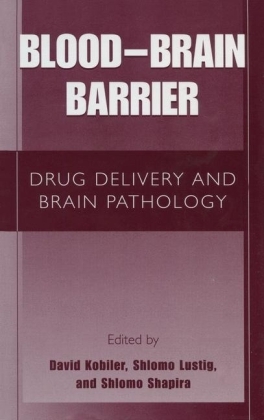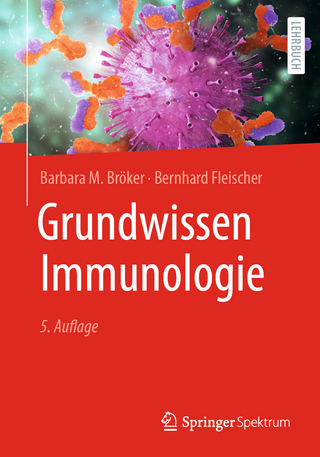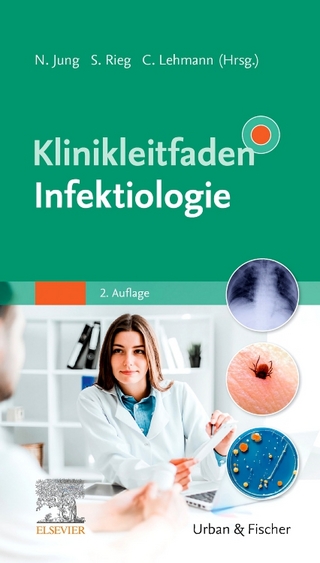
Blood Brain Barrier
Kluwer Academic / Plenum Publishers (Verlag)
978-0-306-46708-0 (ISBN)
These proceedings review and discuss the different aspects of the biology of the Blood-Brain Barrier (BBB) and its involvement in the pathogenesis of brain disorders. The BBB, formed by a complex cellular system of endothelial cells, astroglia, pericytes, perivascular macrophages and a basal membrane, serves as a controlled functional gate to CNS. In vitro and in vivo models have been established to study the cellular and molecular interaction within the BBB and between the BBB and the neural cells. The structural and functional integrity of the BBB was shown to be dramatically altered during various diseases of the CNS, including neoplasia, ischemia, trauma, inflammation and bacterial and viral infections. Two approaches to drug delivery across the BBB have been pursued, based on either modulation of the permeability of the barrier or by conjugation of the drug to substrates of the active transport systems of the BBB.
1. Overview of the Structure and Function of the Blood-Brain Barrier in vivo; J. Fenstermacher, et al. 2. Expression and Modulation of Blood-Brain Monocarboxylate Transporters; L.R. Drewes, et al. 3. Neuroprotective and Detoxifying Mechanisms at the Blood-Brain Interfaces; J.-F. Ghersi-Egea, et al. 4. Measurement and Prediction of Blood-Brain Barrier Permeability: In vivo, in silico and in vitro approaches; N.J. Abbott, et al. 5. Recent Advances in the Development of Cell Culture Models for the Blood-Brain and Blood-CSF-Barrier; T. Nitz, et al. 6. Gene Expression Changes and Progression to a BBB Phenotype in a Dynamic Model of the BBB; S.Y. Desai, et al. 7. Novel Endothelial-Mediated Responses Associated with Micro-Circulation and BBB Function; M. Spatz, et al. 8. Modulators of Blood-Brain Barrier (BBB) Permeability: In Vitro and In Vivo Drug Transport to the Brain; A.G. de Boer, et al. 9. Controlled Modulation of the Blood-Brain and Blood-Tumor Barrier Using Novel Lipid Mimetic Compounds; M. Polyak, et al. 10. Carbon Dioxide Gas as an Angiographic Contrast Agent in the Cerebral Circulation; A.J. Wilson, M.M. Boxer. 11. Diffusion MRI and Q-Space Diffusion MRI: From Cerebral Ischemia to Multiple Sclerosis and Beyond; Y. Cohen, et al. 12. Brain Iron Uptake and Transport in Animal Model of Iron Deficiency, Tardive Dyskinesia and Neurodegenerative Diseases; M.B.H. Youdin, et al. 13. Stress, Pyridostigmine and the Blood-Brain Barrier; E. Grauer. 14. Transcytosis and Signalling of Pneumococci at the Blood-Brain Barrier; J.R. Weber, E.I. Tuomanen. 15. Entry of Viruses into the Central Nervous System; J.K. Fazakerley. 16. An Animal Model for the Study of BBB Modulators; D. Kobiler, et al. 17. Physiological Pathways Responsible for the Breakdown of the Blood-Brain Barrier During Viral Encephalitis; C.S. Reiss, N. Chen. 18. Gene Transfer to the Salivary Glands: Application in Gene Therapy; E. Shai, et al. 19. The Effect of Hyperosmotic Blood-Brain Barrier Disruption on Experimental Autoimmune Encephalomyelitis; H. Ovadia, et al. 20. Direct In Vivo Evidence for a4-Integrin Mediated Interaction of Encephalitogenic T Cells with Endothelial VCAM-1 in the Spinal Cord White Matter Using Intravital Fluorescence Videomicroscopy; B. Engelhardt, et al. 21. The Blood-Brain Barrier in Immune Mediated Diseases of the Central Nervous System; S. Miron, A. Achiron. 22. Strategies for Increasing Drug Delivery to the Brain: Lessons Derived from Treatment of Brain Tumors; Tl. Siegal. 23. Intraarterial Therpy With or Without Radiation Therapy for Patients with Brain Tumors; S. Madajewicz, et al. 24. Optimizing Drugs for Brain Action; N.H. Greig, et al. 25. The Role of Plasma Protein Binding in Drug Delivery to Brain; Q.R. Smith, et al. 26. Issues Related to Intranasal Delivery of Neuropeptides to Temporal Lobe Targets; M.J. Kubek, et al. 27. Synthesis of Poly(Carboxyphenoxypropane-Sebacic Anhydride) for the Delivery of Drugs to the Brain; A.J. Domb, M. Kubek. 28. Intranasal Delivery of Bioactive Peptides or Peptide Analogues Enhances Spatial Memory and Protects Against Cholinergic Deficits; I. Gozes, et al. 29. Role of Inflammation in Stroke: Benefits or Harm?; X. Wang, G.Z. Feurerstein. 39. Variations in Neuropathology and Pathophysiology Over Time and Among Areas in a Rat Model of Focal Areas in a Rat Model of Focal Cerebral Ischemia; J. Fenstermacher, et al. 31. Impairment and Pharmacological Protection of the Blood-Brain Barrier After Head Trauma; E. Shohami, R. Reich. 32. Pathophysiology of the Blood-Spinal Cord Barrier in Spinal Cord Injury; H.S. Sharma, et al. Index.
| Zusatzinfo | Illustrations |
|---|---|
| Verlagsort | Dordrecht |
| Sprache | englisch |
| Maße | 156 x 234 mm |
| Einbandart | gebunden |
| Themenwelt | Medizin / Pharmazie ► Medizinische Fachgebiete ► Neurologie |
| Studium ► Querschnittsbereiche ► Infektiologie / Immunologie | |
| ISBN-10 | 0-306-46708-9 / 0306467089 |
| ISBN-13 | 978-0-306-46708-0 / 9780306467080 |
| Zustand | Neuware |
| Informationen gemäß Produktsicherheitsverordnung (GPSR) | |
| Haben Sie eine Frage zum Produkt? |
aus dem Bereich


